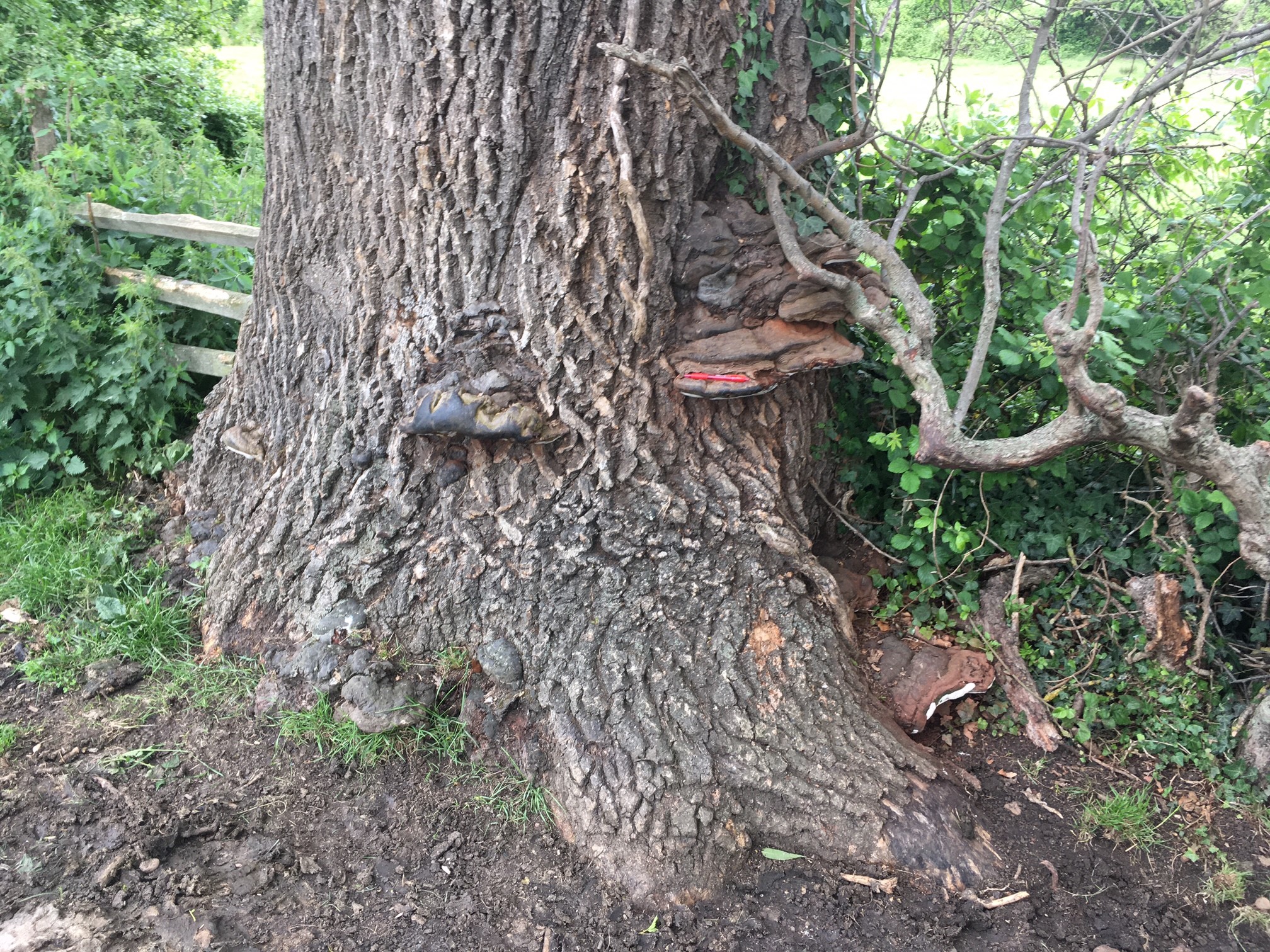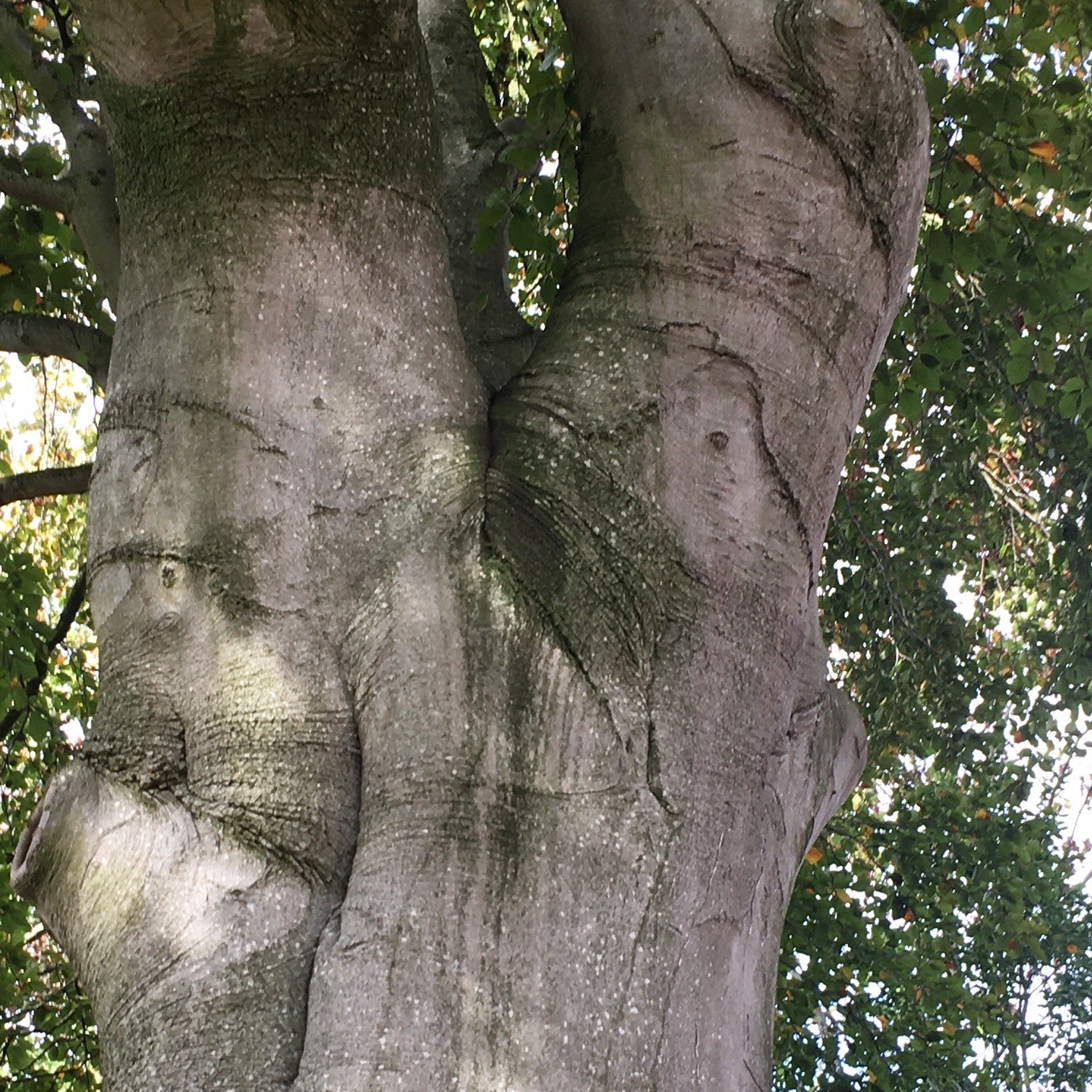Following a tree safety inspection, it is possible that for some trees, further, more detailed inspection Is required. These are often high-value trees or trees located in high-risk areas, which have been identified as having naturally occurring structural faults or the presence of decay fungi. Further investigation is usually required to provide greater understanding of the implications of a structural fault or the extent of decay ingress. This information is then used in a final management recommendation.


Internal Decay Detection using ultrasound tomography.
Hutchison Arboriculture can conduct ultrasound tests using our PICUS tomograph. This compares different wood densities within a tree’s stem. Sound waves travel through solid wood at a constant speed but are slower in areas of reduced density or decay.
The PICUS software will produce a tomogram, showing areas of reduced wood density and hollows. This provides us with information regarding the extent of decay ingress and the ratio of sound wood to decayed wood. This information is interpreted to help guide tree work specifications.
Internal Decay Detection Using Resistograph Micro-drilling.
The resistograph uses a micro-drill to measure wood resistance within the tree. The machine provides a read out, which is then interpreted to provide information on the extent of internal decay and sound wood, typically within tree bases and buttress roots. This information is interpreted to help guide our resulting tree work specifications.


Aerial Inspection.
An aerial (or climbing) inspection can be conducted to allow closer inspection of part or all of a tree’s crown. Points of inspection can include tight forks, water pockets, cavities, the identification of fungal fruiting bodies or the structural integrity of existing bracing systems. Findings from an aerial inspection will be used to guide our specification of any required mitigative tree works.
47 Campion Crescent, Stowmarket, Suffolk, IP14 2DQ.